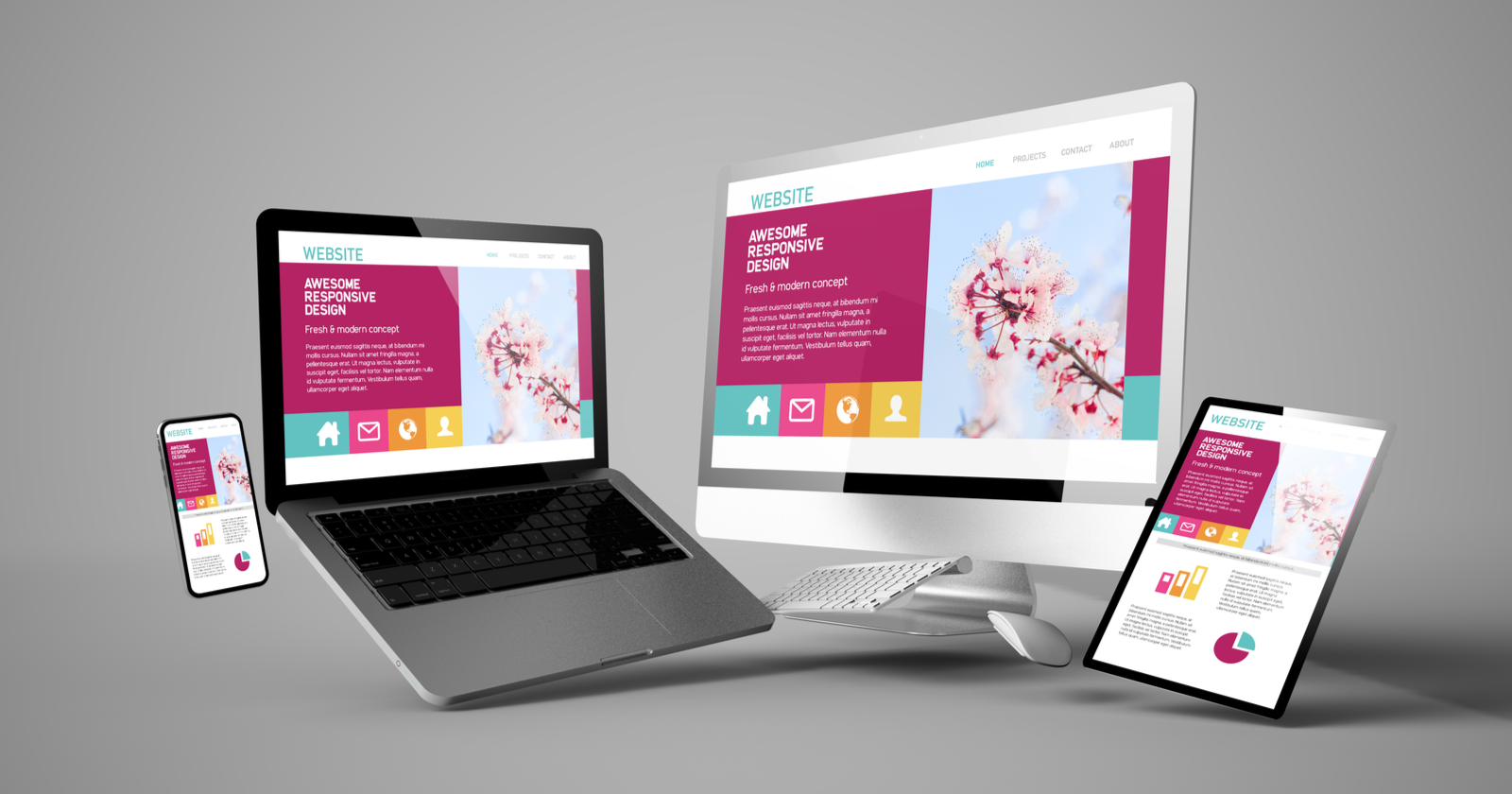The Role of Shade Theory in Enhancing Your Website Design Jobs
By recognizing the mental ramifications of color choices, developers can successfully influence customer behavior and boost the overall customer experience. The tactical application of shade schemes not only reinforces brand name identification however likewise guides customer communications with thoughtfully designed visual power structures.

Recognizing Shade Theory
Color concept is rooted in the shade wheel, which classifies colors right into primary, secondary, and tertiary groups, developing the foundation for color mixes. Main shades-- red, blue, and yellow-- can not be developed by mixing various other shades, while second shades are created by incorporating key colors.
Key ideas in shade concept include harmony, contrast, and temperature. Shade consistency associates to the aesthetic equilibrium attained with corresponding, analogous, or triadic color design. These plans assist create visually attractive layouts that assist customers' focus efficiently. Contrast, on the various other hand, is essential for readability and exposure, as it makes certain that message and essential aspects stick out versus histories.
Additionally, understanding cozy and great shades aids in crafting the desired state of mind and ambiance for a website. Warm shades evoke energy and exhilaration, while amazing colors promote calmness and harmony. Mastering these concepts enables developers to produce cohesive, impactful, and unforgettable web experiences that resonate with users.
Mental Impacts of Color
Shades have the power to stimulate details feelings and influence individual behavior, making their emotional impacts a vital consideration in website design. Various colors can activate distinctive sensations and organizations, impacting exactly how users regard and interact with a web site.
For example, blue is typically related to depend on and professionalism and trust, making it a popular choice for corporate and economic sites. On the other hand, red can evoke a feeling of necessity or enjoyment, frequently utilized in call-to-action buttons to motivate immediate reactions. Yellow, with its brilliant and cheerful tone, can influence positive outlook, while green typically signifies development and peace, making it excellent for ecological or wellness-focused websites.
Furthermore, the social context of color plays a substantial function in its psychological influence. As an example, white is often linked with purity in Western societies, whereas in some Eastern cultures, it might stand for mourning.
Comprehending these subtleties enables designers to craft experiences that reverberate with their target audience, boosting customer involvement and cultivating a deeper emotional connection. By leveraging the psychological effects of shade, internet designers can create extra reliable and engaging electronic atmospheres that assist individual behavior strategically.
Shade Consistency and Schemes
Accomplishing color harmony is vital for developing aesthetically attractive website design that engage customers properly. Shade harmony describes the pleasing plan of colors, which can dramatically boost the general aesthetic of a website. Different color pattern can be used to attain this consistency, each offering a distinctive purpose why not try this out and emotional result.
Single plans, which utilize differing tones and tints of a solitary shade, produce a cohesive and sophisticated appearance - Web design in Penang. Complementary systems, involving colors contrary each other on the color wheel, create high contrast and vibrancy, catching interest and boosting passion. Similar color design, including shades that are nearby on the shade wheel, provide a more peaceful and unified feeling, ideal for soothing interfaces
Triadic systems utilize 3 shades uniformly spaced around the shade wheel, giving a well balanced and dynamic appearance, suitable for more lively designs. Understanding and applying these shade schemes effectively can bring about enhanced individual experience and brand name acknowledgment. Eventually, the option of a color design ought to line up with the web site's purpose and target audience, making certain that the visual effect reverberates well with customers while maintaining useful clearness.
Accessibility Considerations
Focusing on ease of access in website design makes sure that all customers, no matter of their capacities, can engage with the content effectively. A vital element of this is the careful application of color concept. Designers have to consider the comparison between text and background shades to enhance readability for people with aesthetic problems, consisting of color loss of sight. The Internet Content Accessibility Standards (WCAG) suggest a comparison ratio of at the very least 4.5:1 for normal text to guarantee clarity.

Furthermore, it is important to test shade options with different customer teams, including those who rely upon assistive innovations. Devices such as shade contrast analyzers can aid try this site in evaluating ease of access conformity efficiently. By integrating these factors to consider right into the style procedure, web developers can develop comprehensive electronic experiences that resonate with a varied target market, cultivating better engagement and complete satisfaction.
Practical Applications in Internet Style
Effective execution of shade theory in web layout can substantially boost individual experience and interaction. By strategically choosing shade combinations, developers can communicate brand identity, evoke feelings, and overview user interactions. For instance, using contrasting colors for call-to-action switches not only makes them stick out yet additionally encourages clicks, consequently enhancing conversion prices.
Moreover, the application of corresponding colors can develop aesthetic see this page harmony, making content a lot more digestible. Developers should also think about the emotional influence of shades; as an example, blue typically communicates trust fund, while red can evoke necessity. This understanding permits for customized designs that resonate with the target market.
Including color gradients can include depth and class to a website, while single plans can produce a minimalist aesthetic. Furthermore, preserving consistency in shade use throughout various pages makes sure a natural user experience, reinforcing brand acknowledgment.
Lastly, ease of access ought to be a priority; making sure sufficient comparison proportions allows all users, consisting of those with visual impairments, to navigate the website efficiently. By thoughtfully using shade theory, web developers can develop aesthetically attractive and useful internet sites that improve individual fulfillment and foster brand loyalty.
Final Thought
In conclusion, shade concept considerably affects web style by forming user experience and emotional action. Implementing harmonious color systems enhances aesthetic charm, while availability considerations make certain inclusivity for all users.